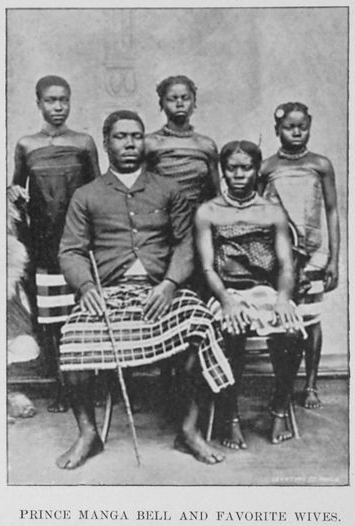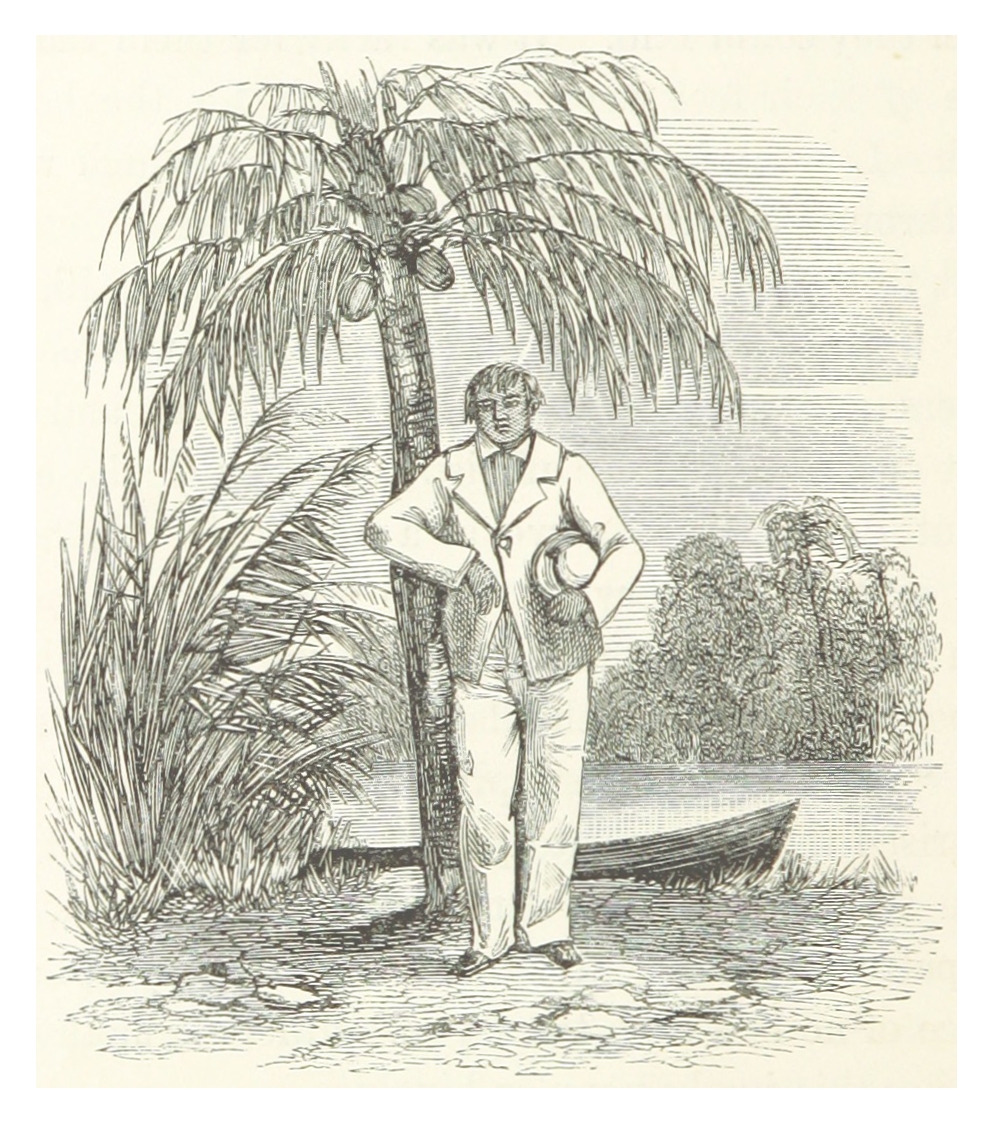|
Tolupan People
The Tolupan or Jicaque people are an indigenous ethnic group of Honduras, primarily inhabiting the northwest coast of Honduras"Jicaque." ''Encyclopædia Britannica.'' (retrieved 2 Dec 2011) and the community in central Honduras. Culture The Jicaque or Tolupan are an agrarian people, who raise beans, , and sweet and bitter . They also fish, hunt, and raise livestock. They are[...More Info...] [...Related Items...] OR: [Wikipedia] [Google] [Baidu] |
Roman Catholicism
The Catholic Church, also known as the Roman Catholic Church, is the List of Christian denominations by number of members, largest Christian church, with 1.3 billion baptized Catholics Catholic Church by country, worldwide . It is among the world's oldest and largest international institutions, and has played a prominent role in the history and development of Western civilization.Gerald O'Collins, O'Collins, p. v (preface). The church consists of 24 Catholic particular churches and liturgical rites#Churches, ''sui iuris'' churches, including the Latin Church and 23 Eastern Catholic Churches, which comprise almost 3,500 dioceses and Eparchy, eparchies located List of Catholic dioceses (structured view), around the world. The pope, who is the bishop of Rome, is the Papal supremacy, chief pastor of the church. The bishopric of Rome, known as the Holy See, is the central governing authority of the church. The administrative body of the Holy See, the Roman Curia, has its pr ... [...More Info...] [...Related Items...] OR: [Wikipedia] [Google] [Baidu] |
Jicaque Language
Tol (''Tolpan''), also known as Eastern Jicaque, Tolupan, and Torupan, is spoken by approximately 500 Tolupan people in La Montaña de la Flor reservation in Francisco Morazán Department, Honduras. Name Tol speakers refer to themselves as the Tolpán, but are called Jicaques or Turrupanes by ladinos. Former extent Tol was also spoken in much of Yoro Department, but only a few speakers were reported in the Yoro Valley in 1974. Tol used to be spoken from the Río Ulúa in the west, to modern-day Trujillo in the east, and to the Río Sulaco in the inland south. This area included the areas around modern-day El Progreso, La Ceiba, and possibly also San Pedro Sula. Most Tolupan had fled the Spanish from coastal regions by the early 1800s. The Tol speakers at La Montaña de la Flor fled the Yoro Valley in 1865 to avoid being conscripted into forced labor by the local governor (Campbell & Oltrogge 1980:206, Hagen 1943, Chapman 1978). Phonology Consonants Vowels Gram ... [...More Info...] [...Related Items...] OR: [Wikipedia] [Google] [Baidu] |
Honduras
Honduras, officially the Republic of Honduras, is a country in Central America. The republic of Honduras is bordered to the west by Guatemala, to the southwest by El Salvador, to the southeast by Nicaragua, to the south by the Pacific Ocean at the Gulf of Fonseca, and to the north by the Gulf of Honduras, a large inlet of the Caribbean Sea. Its capital and largest city is Tegucigalpa. Honduras was home to several important Mesoamerican cultures, most notably the Maya, before the Spanish Colonization in the sixteenth century. The Spanish introduced Catholicism and the now predominant Spanish language, along with numerous customs that have blended with the indigenous culture. Honduras became independent in 1821 and has since been a republic, although it has consistently endured much social strife and political instability, and remains one of the poorest countries in the Western Hemisphere. In 1960, the northern part of what was the Mosquito Coast was transferred from Nicara ... [...More Info...] [...Related Items...] OR: [Wikipedia] [Google] [Baidu] |
Agrarian Society
An agrarian society, or agricultural society, is any community whose economy is based on producing and maintaining crops and farmland. Another way to define an agrarian society is by seeing how much of a nation's total production is in agriculture. In an agrarian society, cultivating the land is the primary source of wealth. Such a society may acknowledge other means of livelihood and work habits but stresses the importance of agriculture and farming. Agrarian societies have existed in various parts of the world as far back as 10,000 years ago and continue to exist today. They have been the most common form of socio-economic organization for most of recorded human history. History Agrarian society were preceded by hunters and gatherers and horticultural societies and transition into industrial society. The transition to agriculture, called the Neolithic Revolution, has taken place independently multiple times. Horticulture and agriculture as types of subsistence developed among h ... [...More Info...] [...Related Items...] OR: [Wikipedia] [Google] [Baidu] |
Maize
Maize ( ; ''Zea mays'' subsp. ''mays'', from es, maíz after tnq, mahiz), also known as corn (North American and Australian English), is a cereal grain first domesticated by indigenous peoples in southern Mexico about 10,000 years ago. The leafy stalk of the plant produces pollen inflorescences (or "tassels") and separate ovuliferous inflorescences called ears that when fertilized yield kernels or seeds, which are fruits. The term ''maize'' is preferred in formal, scientific, and international usage as a common name because it refers specifically to this one grain, unlike ''corn'', which has a complex variety of meanings that vary by context and geographic region. Maize has become a staple food in many parts of the world, with the total production of maize surpassing that of wheat or rice. In addition to being consumed directly by humans (often in the form of masa), maize is also used for corn ethanol, animal feed and other maize products, such as corn starch and ... [...More Info...] [...Related Items...] OR: [Wikipedia] [Google] [Baidu] |
Manioc
''Manihot esculenta'', commonly called cassava (), manioc, or yuca (among numerous regional names), is a woody shrub of the spurge family, Euphorbiaceae, native to South America. Although a perennial plant, cassava is extensively cultivated as an annual crop in tropical and subtropical regions for its edible starchy tuberous root, a major source of carbohydrates. Though it is often called ''yuca'' in parts of Spanish America and in the United States, it is not related to yucca, a shrub in the family Asparagaceae. Cassava is predominantly consumed in boiled form, but substantial quantities are used to extract cassava starch, called tapioca, which is used for food, animal feed, and industrial purposes. The Brazilian farinha, and the related ''garri'' of West Africa, is an edible coarse flour obtained by grating cassava roots, pressing moisture off the obtained grated pulp, and finally drying it (and roasting both in the case of farinha and garri). Cassava is the third-largest so ... [...More Info...] [...Related Items...] OR: [Wikipedia] [Google] [Baidu] |
Polygamy
Crimes Polygamy (from Late Greek (') "state of marriage to many spouses") is the practice of marrying multiple spouses. When a man is married to more than one wife at the same time, sociologists call this polygyny. When a woman is married to more than one husband at a time, it is called polyandry. In contrast to polygamy, monogamy is marriage consisting of only two parties. Like "monogamy", the term "polygamy" is often used in a ''de facto'' sense, applied regardless of whether a state recognizes the relationship.For the extent to which states can and do recognize potentially and actual polygamous forms as valid, see Conflict of marriage laws. In sociobiology and zoology, researchers use ''polygamy'' in a broad sense to mean any form of multiple mating. Worldwide, different societies variously encourage, accept or outlaw polygamy. In societies which allow or tolerate polygamy, in the vast majority of cases the form accepted is polygyny. According to the ''Ethnographic A ... [...More Info...] [...Related Items...] OR: [Wikipedia] [Google] [Baidu] |
Miskito People
The Miskitos are a native people in Central America. Their territory extends from Cape Camarón, Honduras, to Río Grande de Matagalpa, Nicaragua, along the Mosquito Coast, in the Western Caribbean Zone. Their population is estimated at 700,000 people as of 2021 according to the official Miskito Database. The Miskito people speak a native Miskito language, but many can also speak Miskito Coast Creole, Spanish, English, and German. Spanish is the language of education and government, but some family educate their children in English, German, or Miskito. Miskito Coast Creole, an English-based creole language, came about through frequent contact with the British for trading, as they predominated along this coast. Many are Christians. A 1987 peace agreement afforded them land rights over traditional lands. However, despite significant political struggles throughout their history, today the Miskito face human rights violations over land rights disputes, as recognized by the Inter-Ame ... [...More Info...] [...Related Items...] OR: [Wikipedia] [Google] [Baidu] |
Sumo People
The Mayangna (also known as Sumu or Sumo) are a people who live on the eastern coasts of Nicaragua and Honduras, an area commonly known as the Mosquito Coast. Their preferred autonym is Mayangna, as the name "Sumo" is a derogatory name historically used by the Miskito people. Their culture is closer to that of the indigenous peoples of Costa Rica, Panama, and Colombia than to the Mesoamerican cultures to the north. The Mayangna inhabited much of the Mosquito Coast in the 16th century. Since then, they have become more marginalized following the emergence of the Miskito as a regional power. Distribution The Mayangna Indians, today divided into the Panamahka, Tawahka and Ulwa ethno-linguistic subgroups, live primarily in remote settlements on the rivers Coco, Waspuk, Pispis and Bocay in north-eastern Nicaragua, as well as on the Patuca across the border in Honduras and far to the south along the Río Grande de Matagalpa. The isolation of these communities has allowed the Mayagna to p ... [...More Info...] [...Related Items...] OR: [Wikipedia] [Google] [Baidu] |
Rhadinella
''Rhadinella'' is a genus of snakes of the subfamily Dipsadinae.. Geographic range The genus ''Rhadinella'' is endemic to Mexico and Central America. Species The following 20 species are recognized as being valid. *'' Rhadinella anachoreta'' *'' Rhadinella donaji'' *'' Rhadinella dysmica'' *'' Rhadinella godmani'' *'' Rhadinella hannsteini'' *'' Rhadinella hempsteadae'' *'' Rhadinella kanalchutchan'' *'' Rhadinella kinkelini'' – Kinkelin's graceful brown snake *'' Rhadinella lachrymans'' *'' Rhadinella lisyae'' *'' Rhadinella montecristi'' *'' Rhadinella pegosalyta'' *'' Rhadinella pilonaorum'' *'' Rhadinella posadasi'' *'' Rhadinella rogerromani'' *'' Rhadinella schistosa'' *'' Rhadinella serperaster'' *'' Rhadinella stadelmani'' L. Stuart & Bailey, 1941 *'' Rhadinella tolpanorum'' *'' Rhadinella xerophila'' ''Nota bene'': A binomial authority In taxonomy, binomial nomenclature ("two-term naming system"), also called nomenclature ("two-name nami ... [...More Info...] [...Related Items...] OR: [Wikipedia] [Google] [Baidu] |
Anne Chapman
Anne MacKaye Chapman (January 27, 1922 – June 12, 2010) was a Franco- American ethnologist who focused on the people of Mesoamerica writing several books, co-producing movies, and capturing sound recordings of rare languages from the Northern Triangle of Central America to Cape Horn in South America. Life and career Anne MacKaye Chapman was born in 1922 in Los Angeles, California. She left for Mexico in 1940, enrolling at the Escuela Nacional de Antropología e Historia (ENAH) in Mexico City. At the ENAH, Chapman studied with Paul Kirchhoff, Wigberto Jiménez Moreno, and Miguel Covarrubias. Inspired by the work of Covarrubias, Chapman and her colleagues published ''Anthropos'', a journal combining art with articles on anthropology and politics. Only two editions were ever published, both in 1947, due to limited resources. Chapman conducted her first ethnographic fieldwork as a student among Mayan communities in Chiapas, Mexico—first, among the Tzeltales under Sol Tax, a ... [...More Info...] [...Related Items...] OR: [Wikipedia] [Google] [Baidu] |
.jpg)




